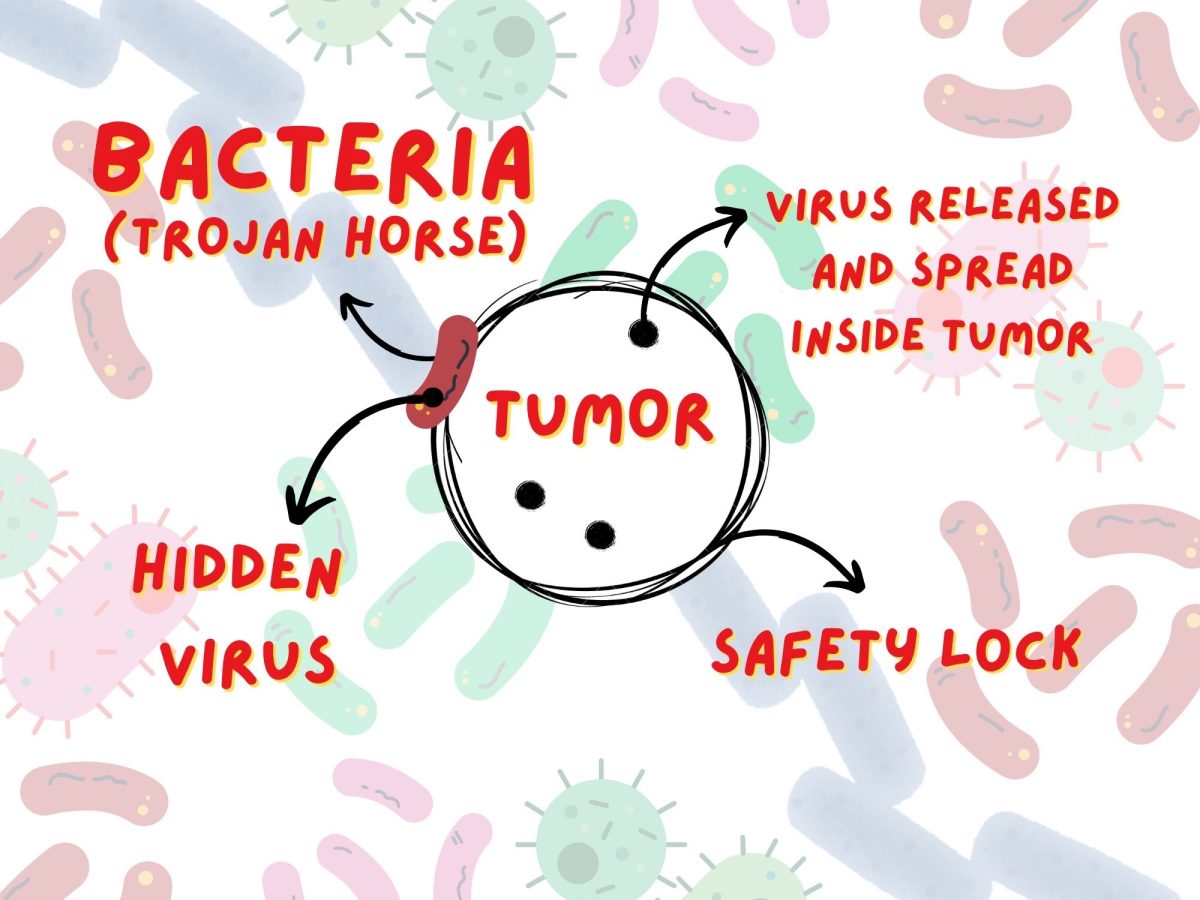The Ohio State University released a study that individuals living in coastal communities live about a year longer than the national average, while those in urban communities near inland rivers and lakes may live slightly shorter lives.
An individual’s health is molded by where they live. The study’s findings show that not all “blue spaces” are equal: oceans may extend life, but inland waters may not be sustainable.
When examining data collected from over 66,000 neighborhoods, researchers found associations between life expectancy and proximity to blue spaces.
They used various statistical methods to account for income, demographics and geography, including verification to ensure nearby areas were not distorting the results.
The examination revealed positive life expectancy correlations for coastal residents and negative correlations for inland residents near large lakes and rivers, especially in urban areas.
This is largely due to the effects of air pollution and income levels on both types of communities.
Air pollution is a fatal contributor associated with heart and cardiovascular health. Dirty air not only irritates lungs but shortens lives and heightens the risk of strokes, asthma, heart attacks and premature death.
Coastal communities were associated with lower risks because of their fondness for sea breezes, which have an ability to break down air pollution, causing less harmful impact to their residents
Inland communities experience higher levels of air pollution and lack the sea breezes that encourage decreased levels of air pollution.
The data shows the socioeconomic differences between blue spaces in rural and urban spaces. In rural areas, proximity to lakes sometimes links to longer lifespans, likely due to cleaner environments, fishing and lower pollution.
In cities, rivers and lakes consistently predicted shorter lives, challenging the assumption that any access to water is good for health.
Coastal communities generally reported higher household incomes, which could translate into better access to healthcare and healthier diets.
Inland communities are poorer and more exposed to flooding or industrial contamination.
These communities are burdened with heavier risks of medical bills due to health-related issues.
The authors stress that these findings show associations, not direct causes. Missing pieces like lifestyle, water quality or medical access leave room for uncertainty.
Living near the ocean does not automatically guarantee longer life expectancy — it simply raises the odds under certain conditions.
This encourages people to leverage the natural environment to support physical activity, combat air pollution and be more aware of socioeconomic statuses.
Categories:
Coastal living may be the key for longer lives
September 15, 2025
0
More to Discover







